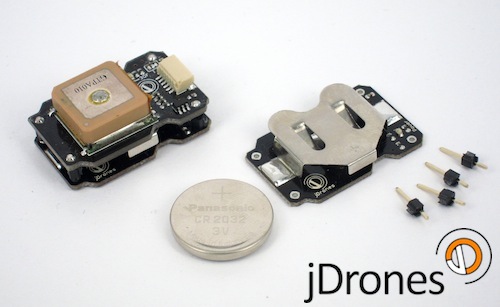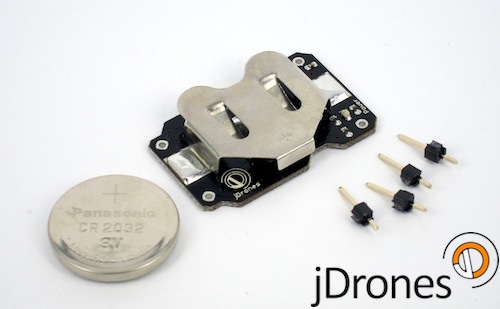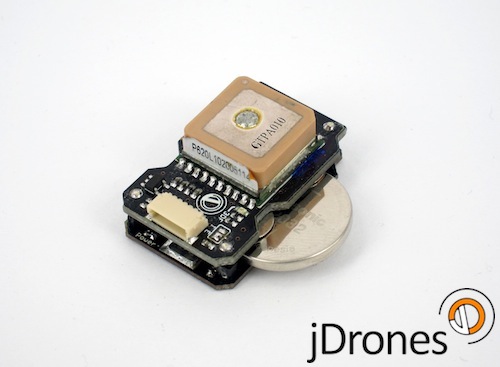Today the Association of Unmanned Vehicles International (AUVSI) published a drone Code of Conduct. Here are some excerpts. What do you think?
The emergence of unmanned aircraft systems (UAS) as a resource for a wide variety of public and
private applications quite possibly represents one of the most significant advancements to aviation, the
scientific community, and public service since the beginning of flight. Rapid advancements in the
technology have presented unique challenges and opportunities to the growing UAS industry and to
those who support it. The nature of UAS and the environments which they operate, when not managed
properly, can and will create issues that need to be addressed. The future of UAS will be linked to the
responsible and safe use of these systems. Our industry has an obligation to conduct our operations in a
safe manner that minimizes risk and instills confidence in our systems.Safety
- We will not operate UAS in a manner that presents undue risk to persons or property on the surface or in the air.
- We will ensure UAS will be piloted by individuals who are properly trained and competent to operate the vehicle or its systems.
- We will ensure UAS flights will be conducted only after a thorough assessment of risks associated with the activity. This risks assessment will include, but is not limited to:
- Weather conditions relative to the performance capability of the system
- Identification of normally anticipated failure modes (lost link, power plant failures, loss of control, etc) and consequences of the failures
- Crew fitness for flight operations
- Overlying airspace, compliance with aviation regulations as appropriate to the operation, and off‐nominal procedures
- Communication, command, control, and payload frequency spectrum requirements
- Reliability, performance, and airworthiness to established standards
Professionalism
- We will comply with all federal, state, and local laws, ordinances, covenants, and restrictions as they relate to UAS operations.
- We will operate our systems as responsible members of the aviation community.
- We will be responsive to the needs of the public.
- We will cooperate fully with federal, state, and local authorities in response to emergency deployments, mishap investigations, and media relations.
- We will establish contingency plans for all anticipated off‐nominal events and share them openly with all appropriate authorities.
Respect
- We will respect the rights of other users of the airspace.
- We will respect the privacy of individuals.
- We will respect the concerns of the public as they relate to unmanned aircraft operations.
- We will support improving public awareness and education on the operation of UAS.


